-
 ×
×
The Shift from Manual Sampling to High-Tech Devices
Previously, oceanographers had to rely on crude instruments for fetching water which sometimes were restricted by depth and accuracy of data. Nevertheless, contemporary sampling technologies like automated water samplers, drones and deep-sea rovers have enabled deeper data collection at precision. This in return enhances better understanding about ocean currents, nutrient cycles as well as ecosystem health.
One of these tools that have become popular among many research institutions is Niskin water sampler. These water samplers may appear a plain piece device but they have applications ranging from biological productivity studies through pollution monitoring programmes to marine biogeochemistry investigations at various depths without any sample contamination.
Comparing Traditional vs. Modern Water Sampling Technologies
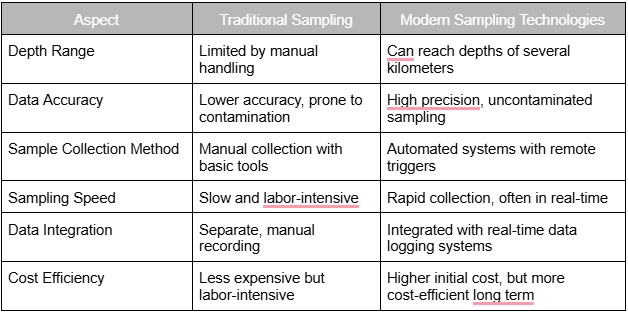
Precision and Versatility in Ocean Data Collection
Modern sampling technologies have two main functionalities; accuracy and adaptability. Rosette sampling system is one such device which combines various water samplers (for example Niskin bottles) that can capture water samples at different depths within one deployment. Such a system enables scientists to take water data profiles (e.g., temperature, salinity, pH) from many different zones of the water column simultaneously.
Moreover, most of these tools come with live data streams that make it possible for researchers to carry out an instant analysis hence minimizing delays associated with interpretation after collecting data.
Applications of Advanced Sampling Tools in Ocean Research
1. Climate change studies:
Modern sampling technologies are crucial for keeping track of how the ocean is affected by climate change. In that, they help predict future shifts in marine ecosystems as they provide detailed measurements that show changes in temperature, ocean acidification levels and salinity.
2. Pollution monitoring:
When equipped with state-of-the-art sensors, sampling technologies can detect pollutants like microplastics and chemicals. These pollutants are important in establishing the extent of human influence on the marine environment around us.
3. Marine Biodiversity and Ecosystems:
By collecting water samples from various depths, one is able to learn more about nutrient distribution and ecosystem health. Studying how overfishing, habitat destruction, and alien species interrupt marine life requires such information.
Key Takeaway
Amid constantly advancing sea exploration, nowadays, modern sampling technologies are playing an even more important role. Additionally to improving our capability to gather exact and unpolluted samples, this has also facilitated revolutionary findings in marine science. The design of modern sampling devices alongside their incorporation of automation as well as real-time collection of data and AI based mechanisms seems likely to determine the future of oceanographic research that will be better and more informed than ever.



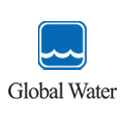




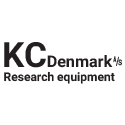

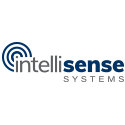
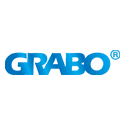



.png)

